Fate mapping of human glioblastoma reveals an invariant stem cell hierarchy
- PMID: 28854171
- PMCID: PMC5608080
- DOI: 10.1038/nature23666
Fate mapping of human glioblastoma reveals an invariant stem cell hierarchy
Abstract
Human glioblastomas harbour a subpopulation of glioblastoma stem cells that drive tumorigenesis. However, the origin of intratumoural functional heterogeneity between glioblastoma cells remains poorly understood. Here we study the clonal evolution of barcoded glioblastoma cells in an unbiased way following serial xenotransplantation to define their individual fate behaviours. Independent of an evolving mutational signature, we show that the growth of glioblastoma clones in vivo is consistent with a remarkably neutral process involving a conserved proliferative hierarchy rooted in glioblastoma stem cells. In this model, slow-cycling stem-like cells give rise to a more rapidly cycling progenitor population with extensive self-maintenance capacity, which in turn generates non-proliferative cells. We also identify rare 'outlier' clones that deviate from these dynamics, and further show that chemotherapy facilitates the expansion of pre-existing drug-resistant glioblastoma stem cells. Finally, we show that functionally distinct glioblastoma stem cells can be separately targeted using epigenetic compounds, suggesting new avenues for glioblastoma-targeted therapy.
Conflict of interest statement
The authors declare no competing financial interests.
Figures


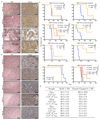
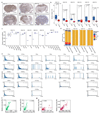

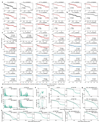
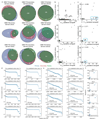
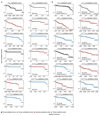





Comment in
-
Cancer: Division hierarchy leads to cell heterogeneity.Nature. 2017 Sep 14;549(7671):164-166. doi: 10.1038/nature23546. Epub 2017 Aug 30. Nature. 2017. PMID: 28854167 No abstract available.
-
Glioblastoma: Stem cells - masters of their fates.Nat Rev Cancer. 2017 Sep 25;17(10):574-575. doi: 10.1038/nrc.2017.88. Nat Rev Cancer. 2017. PMID: 28943636 No abstract available.
References
Publication types
MeSH terms
Grants and funding
LinkOut - more resources
Full Text Sources
Other Literature Sources
Molecular Biology Databases

